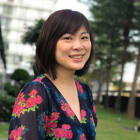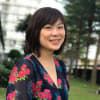Singapore artists comment on man’s impact on nature and the environment
The works of Ang Song Nian, Marvin Tang, Robert Zhao Renhui and Zen Teh explore the themes of nature and human intervention in Mizuma Gallery’s new exhibition The Seeds We Sow.
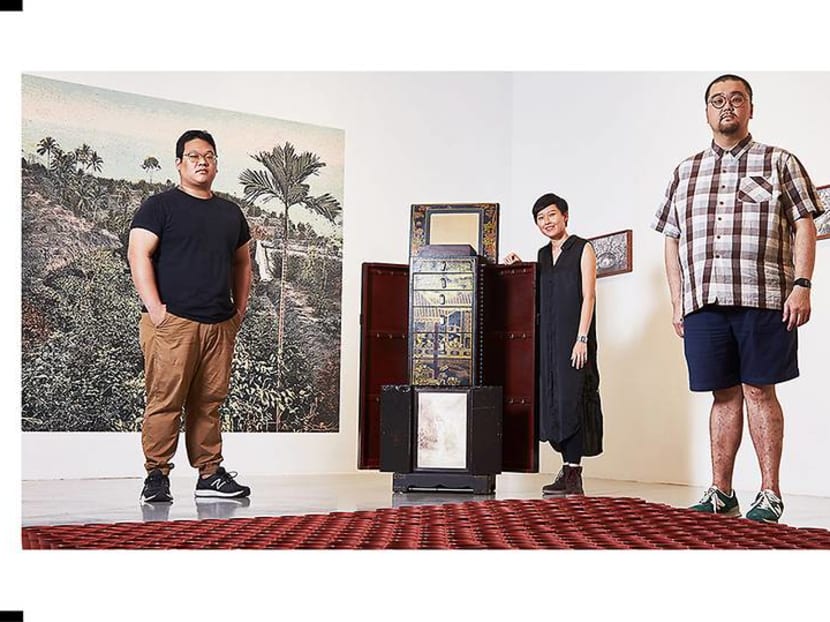
Singapore artists (L-R): Marvin Tang, Zen Teh and Ang Song Nian. Robert Zhao Renhui could not make it for the photoshoot. (Photo: Kelvin Chia)
One of life’s greatest ironies is how human beings clear vast tracts of land to build concrete jungles on one hand, yet install terrariums, air plants or some form of landscaping in our urban spaces for a semblance of the outdoors within.
Singapore is no exception to this, and Mizuma Gallery, which aims to promote East Asian and Southeast Asian artists, looks into the constant tension between human intervention and the natural environment in its latest exhibition The Seeds We Sow, featuring four Singaporean visual artists: Ang Song Nian, Marvin Tang, Robert Zhao Renhui, and Zen Teh.
Ang Song Nian, whose works often subtly depict human behaviours in nature and landscapes, presents two works: An ongoing photographic series entitled As They Grow Older and Wiser (2016), which documents plant nurseries found in the outskirts of Bangkok, and an installation of 10,000 biodegradable pots arranged into an undulating terrain called Artificial Conditions (2019). Together, they show the irony of plants being transplanted from their natural environments for man’s beautification purposes.
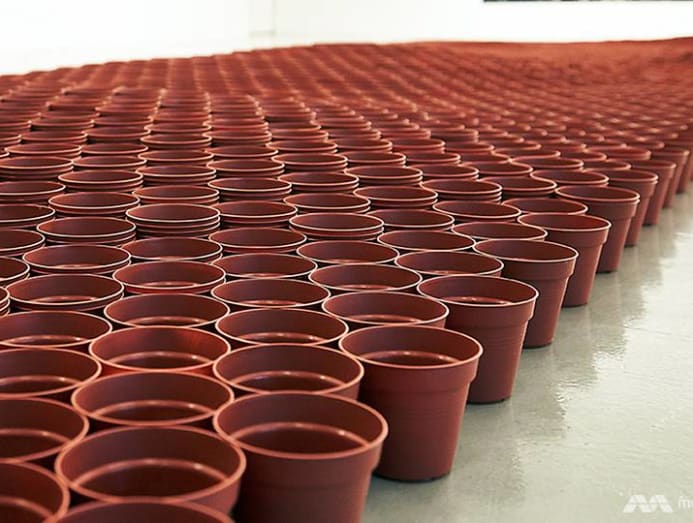
READ> Singapore is becoming a nation of urban gardeners – but is it all that sustainable?
An interest in botanical gardens established during the colonies of the former British empire led to Marvin Tang’s series The Colony – Archive (2019 – ), which examines the impact and agenda of colonial botanical institutes. At first glance, the smaller postcards look aesthetically similar, but they are actually of different gardens that were each artificially created for the sole purpose of cultivating viable crops in colonial plantations.
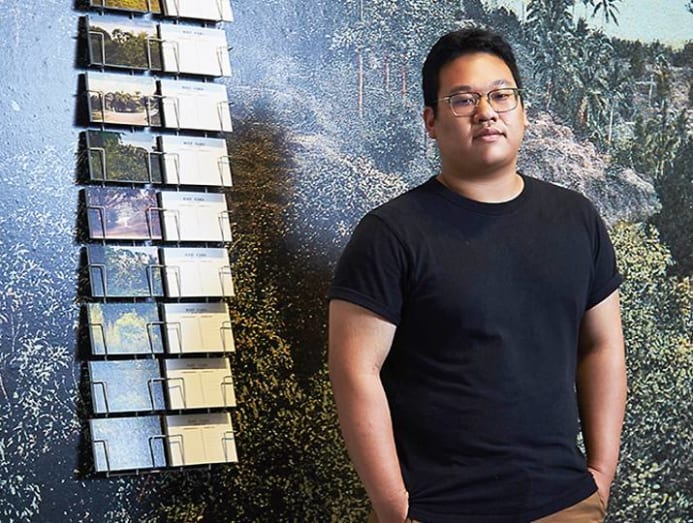
Robert Zhao’s photographic works Monitor, Swimming (2019) and Laughing Thrushes, Scolding (2019) are part of a larger recent project, where the artist has been taking time to observe how plants and animals share the same space as humans. In these two, he saw how animals quickly moved in to make use of rainwater collected in containers left over from an abandoned illegal squatter.
“Humans and nature are not very far apart,” Zhao shared. “What we do will always be visible and evident in nature. We affect one another and leave effects on each other, just like how seeds that we sow take a long time to become trees.”

The refurbished wooden cabinet with landscape motifs adorning its multiple surfaces is symbolic of domestic and mind spaces within each person, where there is a yearning to be connected to a larger environment.
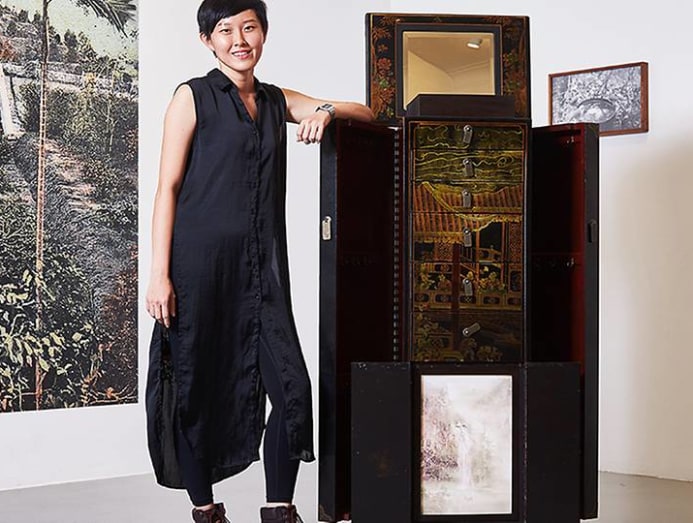
Interestingly, the works, decided upon separately by the artists, complement each other to form a textured conversation where one inevitably asks: Where do we draw the line of human control over nature? And in the answers lies the crucial role of artists in keeping the important man-versus-environment debate in the foreground.
This is particularly important in the context of Singapore, said Tang, because there is a certain pressure to upkeep its image of being a “Garden City”.
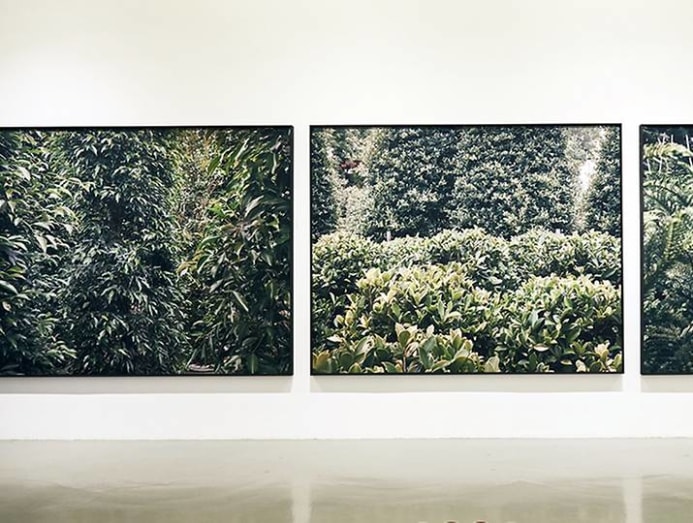
“We’ve this strange tension between us and nature; we need it yet we want to exploit it for the limited space we have. So for me, it is important, practice-wise, to be able to ask the questions that one else is asking, especially questions that are derived from political decisions or any form of human decision that would affect nature.”
Teh feels that people need to remember that everyone has an innate desire to connect with open spaces and its elements. “Especially when we read news of how animals and plants are returning to the cities in a time like this, we’d start to see how cutting back our impact on the environment can enable nature to flourish.”
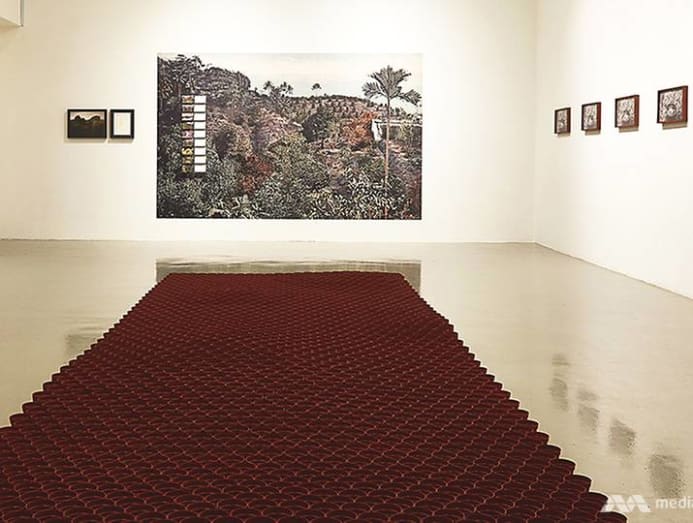
While science is usually the main authority for conveying facts about nature, artists can use alternative ways to present encounters with and thoughts about the subject. In a thought-provoking observation, Zhao points out that the human race rarely thinks about non-human species until it becomes an inconvenience – such as getting a mosquito bite, or finding cockroaches and rats in our city.
“We tend to think that almost everything on this planet is made for us and our consumption. But when you talk about nature, the starting point is to realise that every inch of this planet is shared among human and non-human species. As artists working in nature, we have the responsibility to show that fact in our art every second and in every space we’re at.”
“A lot of the things that we do to the natural environment are always a result of us placing it at a lower priority. Hopefully, in this COVID-19 situation, we are reminded that the decisions we make to play around with nature has consequences.” – Ang Song Nian


